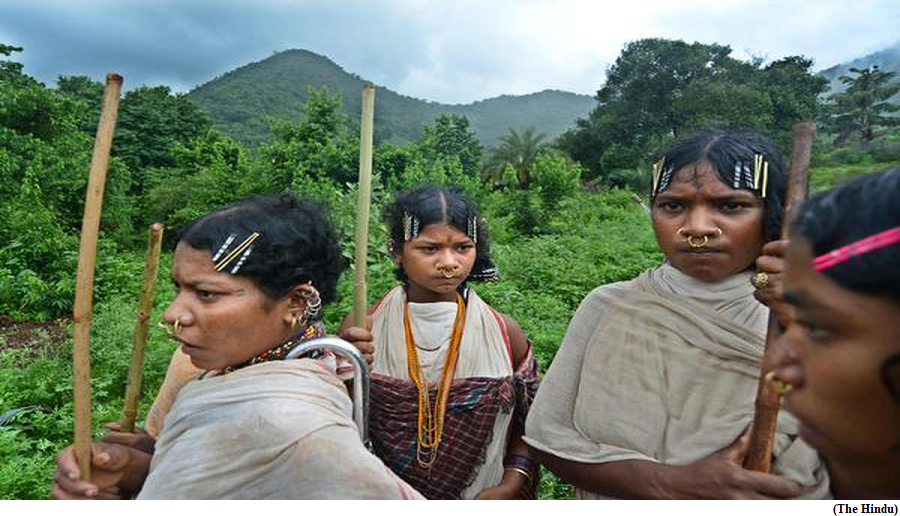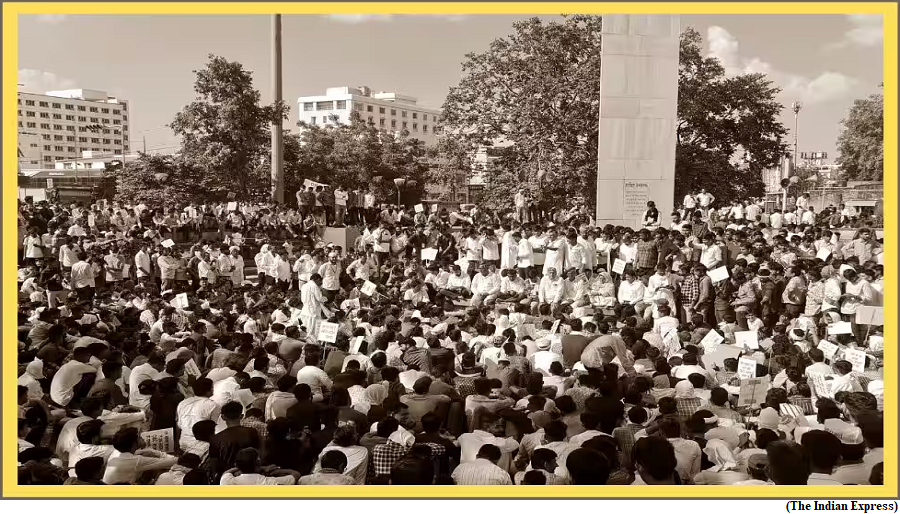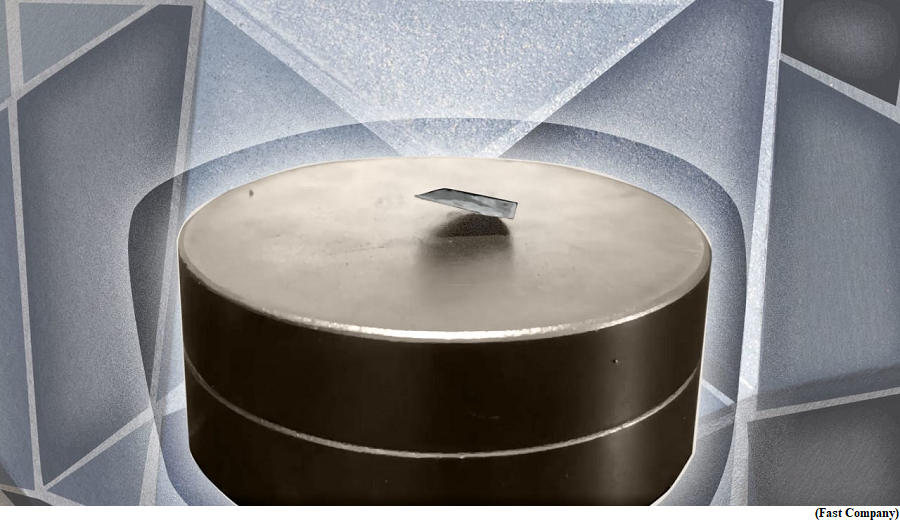What can amended Forest (Conservation) Act change? (GS paper 3, Environment)

Why in news?
- The controversial Forest (Conservation) Amendment Bill 2023, passed by the Lok Sabha awaits discussion in the Rajya Sabha.
- The bill aims to restrict conservation scope, exempt border lands for strategic projects, and allow some non-forest activities.
- The Bill was introduced in the Lok Sabha in March. Thereafter, it was referred to a Joint Parliamentary Committee (JPC) comprising 32 members from both Houses of Parliament.
How does the Bill restrict the scope of the Act?
- The Bill stipulates that only those lands that were notified as ‘forest’ under the Indian Forest Act 1927, any other relevant law or were recorded as ‘forests’ in government records will be acknowledged as ‘forests’ under this Act as well.
- This revision stands in stark contrast to the wide applicability of the extant Act at present.
- A Supreme Court judgement in 1996 had reiterated such a broad application. It said, that a ‘forest’ includes all land recorded as such in government records regardless of ownership as well as “deemed forests”, which are not officially classified as ‘forests’ but satisfy the dictionary meaning of the word: any large area with significant tree cover and undergrowth.
- The court had also asked States to undertake an exercise to identify and notify their own deemed forests.
- As such, the amendment opens up all land that hasn’t been officially classified as ‘forests’ to commercial activity. It also removes the checks and balances the Act currently includes, in the form of forest clearance permissions and the informed consent of the local community.
Why is the exemption for border infrastructure controversial?
- The Bill seeks to exempt linear infrastructure projects like roads and highways from seeking forest clearance permissions if they are located within 100 km of the national border.
- Experts have raised concerns because “strategic linear projects of national importance” is an undefined term and can thus be misused to push through infrastructure projects that are devastating for the local ecology.
- This Bill was not referred to the relevant Parliamentary Standing Committee, which in this case would have been the Standing Committee on Science and Technology, Environment, Forests and Climate Change, headed by Congress MP Jairam Ramesh.
Did the JPC flag any concerns with the Bill?
- The JPC did not propose a single change to the Bill in its report despite receiving objections from tribal groups, conservationists, environmental lawyers, activists, and citizen groups. Six members of the JPC itself wrote dissent notes.
- The Ministry of Tribal Affairs also raised concerns about the amendment’s implications on community rights enshrined in the Forest Rights Act 2006.
Panel submits report on sub-categorisation of OBCs after 6 years
(GS paper 2, Social Justice)
Why in news?
- Recently, the Justice G. Rohini Commission for the sub-categorisation of Other Backward Classes (OBC) caste groups submitted its report to the Ministry of Social Justice and Empowerment.

About Justice G. Rohini Commission:
- The four-member commission headed by Justice G Rohini, a retired Chief Justice of Delhi High Court, was appointed on October 2, 2017, and received as many as 13 extensions to its tenure.
- The commission also had as a member J.K. Bajaj from the Centre for Policy Studies, along with others.
- The commission was asked to examine the extent to which reservation and other benefits for OBCs are concentrated among some dominant caste groups.
- Based on this, the commission was then tasked with suggesting a breakdown of the over 2,600 caste groups on the Central OBC list so that these benefits could be equitably redistributed.
What is the need for sub-categorisation of OBCs?
- OBCs get 27% reservation in central government jobs and admission to educational institutions. There are more than 2,600 entries in the Central List of OBCs, but over the years, a perception has taken root that only a few affluent communities among them have benefited from the quota.
- Therefore, there is an argument that a “sub-categorisation” of OBCs, quotas within the 27% quota is needed in order to ensure “equitable distribution” of the benefits of reservation.
- The five-judge Bench in ‘E V Chinnaiah vs State of Andhra Pradesh’ had held that no special sub-quota can be introduced within the quota for SCs and STs for the benefit of castes or tribes that were more backward than the others on these lists.
- The 2020 verdict of the SC referring ‘Chinnaiah’ to a larger Bench was passed in ‘State of Punjab vs Davinder Singh’ in which the court examined the validity of a 2006 Punjab law that created sub-classification within the SCs, and sought to reserve half the SC quota for certain identified castes.
Way Forward:
- The commission has suggested breaking the caste groups into broad categories, with the dominant castes getting the smallest share of the 27% reservation, and the historically crowded-out caste groups getting the largest share of the reservation pie.
- Now that the commission’s report is with the Social Justice Ministry, the government is expected to hold deliberations on the recommendations contained in it.
What is LK-99?
(GS paper 3, Science and Technology)
Why in news?
- Two Recent studies have indicated the possibility of a room-temperature superconductor.

What is a superconductor?
- Superconductors are a class of materials that exhibit near-zero electrical resistance and expel magnetic fields while allowing electric charges (usually electrons) to move freely through them.
- They are a critical component of modern-day transportation systems, medicine, energy transmission, and scientific research.
- When it comes to conventional conductors like copper and aluminum, the flow of electric current encounters resistance, leading to energy loss in the form of heat. That's where the discovery of superconductivity changed everything.
Applications:
- In superconductors, a quantum phenomenon causes electrons to pair up allowing them to move through the structure of the material with remarkable ease and near-zero electrical resistance and no loss of energy.
- But that happens only at very low temperatures, typically near absolute zero or minus 273.15 degrees Celsius, and extremely high pressure.
Recent research:
- The two new papers by researchers from South Korea, state the creation of a material known as LK-99 that can conduct superconductivity at room temperatures.
- The lead-based compound, which could conduct electricity without any resistance under normal conditions, could have long-term advantages.
- A room-temperature superconductor would exhibit superconducting properties at temperatures that are easily attainable and sustainable with conventional cooling methods. This could lead to transformative advancements in various industries at low costs.
- The superconductivity of LK-99 is proved with the critical temperature, zero-resistivity, critical current, and critical magnetic field.
Characteristic features:
- LK-99, can be synthesised through a baking process that involves combining the minerals lanarkite and copper phosphide.
- The resulting material exhibits two essential characteristics of superconductivity even at normal air pressure and temperatures as high as 127 degrees Celsius: zero resistance to electric current and the ability to levitate in the presence of magnetic fields.
- While the researchers have put forward a plausible theory explaining how LK-99 could achieve room-temperature superconductivity, they have not yet provided definitive experimental evidence to support their claims.
Way Forward:
- However, if it is experimentally proved, it would be game-changing for the energy sector, which will see a new world with near-zero loss of energy in power transmissions.




